Golden Gai, an enchanting labyrinth where time seems to have paused, offering an intimate and nostalgic glimpse into Tokyo’s dazzling nightlife.
Tucked away in the pulsating heart Shinjuku, Golden Gai remains one of the most alluring attractions in Tokyo, attracting tourists and locals with its mystery.
Meander through the dimly lit, narrow alleys, and find yourself transported to a bygone era, where an eclectic mix of izakayas, bars, and eateries coexist in perfect harmony. Admire the warm glow of the neon-lit signage spilling onto the cobblestone streets.
Golden Gai’s magical ambiance is steeped in history, with its roots tracing back to the post-war days of the 1950s. With around 280 unique establishments crammed into a few city blocks, Golden Gai renders an intimate glimpse into Tokyo’s past, when the city’s landscape was filled with narrow lanes and compact two-story buildings.
Golden Gai’s bars are renowned for their strong ties to the arts, drawing in a colourful array of patrons such as musicians, artists, directors, writers, academics, and actors, including a myriad of celebrities. While certain establishments maintain an air of exclusivity, reserving their intimate spaces for regulars, others extend a warm embrace to newcomers and tourists alike. To cater to a global audience, some bars even feature English signs and price lists, creating an inviting atmosphere for international visitors to revel in the captivating charm of this iconic district.
History of Golden Gai
Golden Gai is located in the Kabukichō entertainment district of Shinjuku, Tokyo, and it has around 280 small bars and eateries.
Before 1958, Golden Gai held a notorious reputation as a hub for prostitution. However, when prostitution was declared illegal, the area underwent a remarkable transformation, evolving into a thriving drinking district. A handful of these bars possess a rich legacy, with their roots stretching back to the 1960s.
During the 1980s, Tokyo witnessed a wave of arson incidents, orchestrated by the yakuza, to force land acquisition by developers. In spite of this, Golden Gai remained unscathed, thanks to the unwavering dedication of its supporters. These loyal patrons took it upon themselves to safeguard the area through nightly vigils, ensuring the preservation of Golden Gai’s unique charm and character. Bar owners formed the Association to Protect the Shinjuku Hanazono Golden Gai.
In the early 2000s, Shinjuku’s Golden Gai underwent a revitalization, leading to the opening of many new bars led by young bar owners. Gradually, the area regained its liveliness and now attracts tourists from around the world.
A fire incident occurred in 2016, causing destruction of up to 300 square meters of space. All pubs and restaurants were restored to their original form, and they have been able to continue their operations without any modifications. Today, Golden Gai is regarded with high esteem both within Japan and overseas as an extraordinary pub district that exudes the distinctive atmosphere of the Shōwa era.
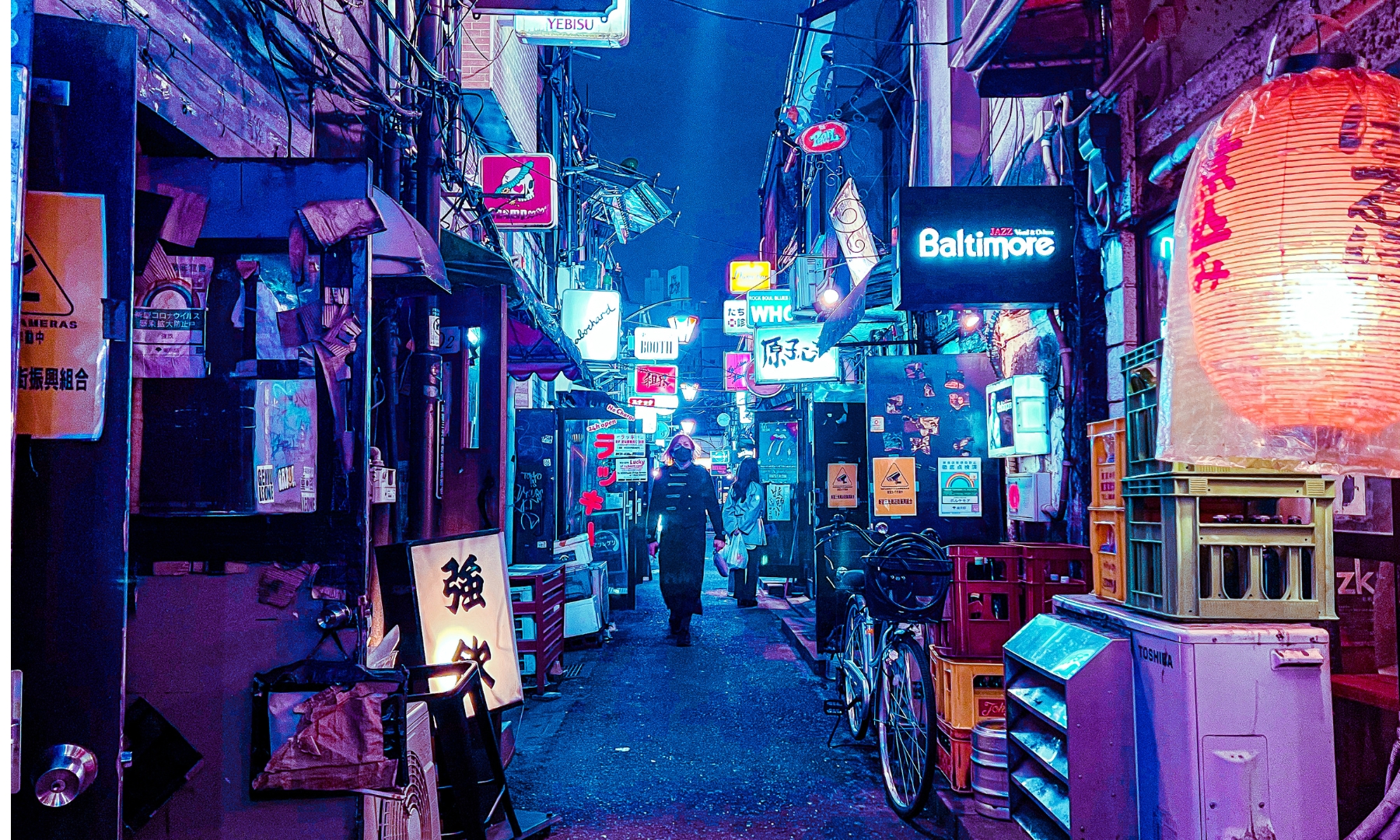
Where to go in Golden Gai
Golden Gai, a captivating district in Shinjuku, Tokyo, consists of six narrow alleys brimming with over 200 independent bars, each offering its own unique experience.
Every bar has its own unique entrance and I know that at first glance, navigating Golden Gai can be a bit of a challenge. It does feel like a maze with so much variety and colour. As you explore, you will inevitably notice some signs that say “Regular customers only”. Some will even say no tourists. It might sound harsh, but these bars want to keep their limited seating for loyal customers who like to come back to the same place over and over.
Don’t be disheartened, as there are many bars with English menu and English signs and friendly bartenders who are keen to have you in. Just remember, much like in Omoide Yokocho, some bars charge a cover fee.
Despite their ramshackle appearance and dimly lit alleys, Golden Gai attracts a well-off clientele, and drinking here is not cheap. You will even find tiny restaurants here if you’re getting hungry, but generally, Golden Gai is best for bar hopping.
If you’re feeling a bit timid and overwhelmed, book a bar hopping tour in Shinjuku and allow a local to take you around.

Golden Gai bars
Golden Gai’s bars are renowned for their artistic clienteles, making it a popular gathering spot for musicians, artists, directors, writers, academics, and actors, including many celebrities. While some establishments cater exclusively to regular patrons, requiring an introduction from an existing customer, numerous others embrace newcomers and tourists.
The bars in Golden Gai often feature unique themes, such as jazz, R&B, karaoke, punk rock, or flamenco, and their eclectic walls are adorned with movie, film, and concert posters. Certain establishments cater to niche interests, like Death Match in Hell for death metal lovers, or Albatross for goth lovers.
Some of the best bars in Golden Gai for newcomers are:
- Albatross
- Kenzo’s
- Ace’s
- Open Book
- Araku
Golden Gai’s bars typically open around 9:00 or 10:00 p.m., making the district relatively quiet during daytime and early evening hours.
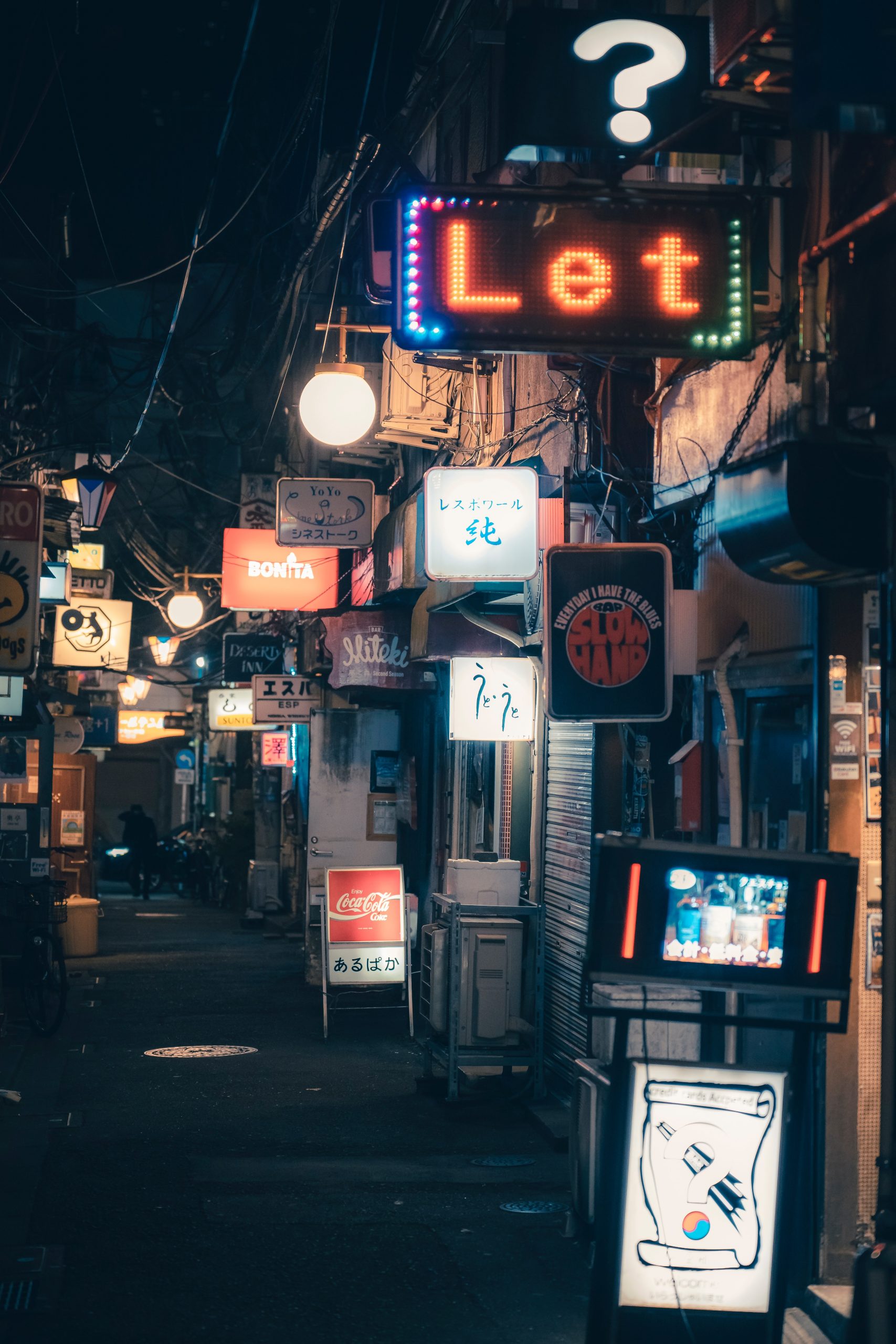
Rules for Golden Gai
As a response to the surge of tourists seeking Instagram-worthy shots, the local community has enforced a stringent no-photo and no-video policy.
The Shinjuku Sanko Shopping District Promotion Association (Hanazono-gai) consists of private roads, and permission is necessary for photography and filming in the area, regardless of size. However, photography in individual bars is permitted, but you do need to ask for explicit permission first.
Filming fees are a valuable financial resource for the maintenance and activities of the district. When shooting, please wear the armband provided and be considerate of nearby business operators and residents. Photography during business hours (around 7:00 PM to 5:00 AM) may not be possible.
Unauthorized shooting will result in a shooting fee charge, and if you ignore the warning and continue shooting without permission, we will report it to the police. If personal materials obtained from the application are later used commercially, the difference will be charged. Large-scale, long-time, or night-time photography may require a separate fee.
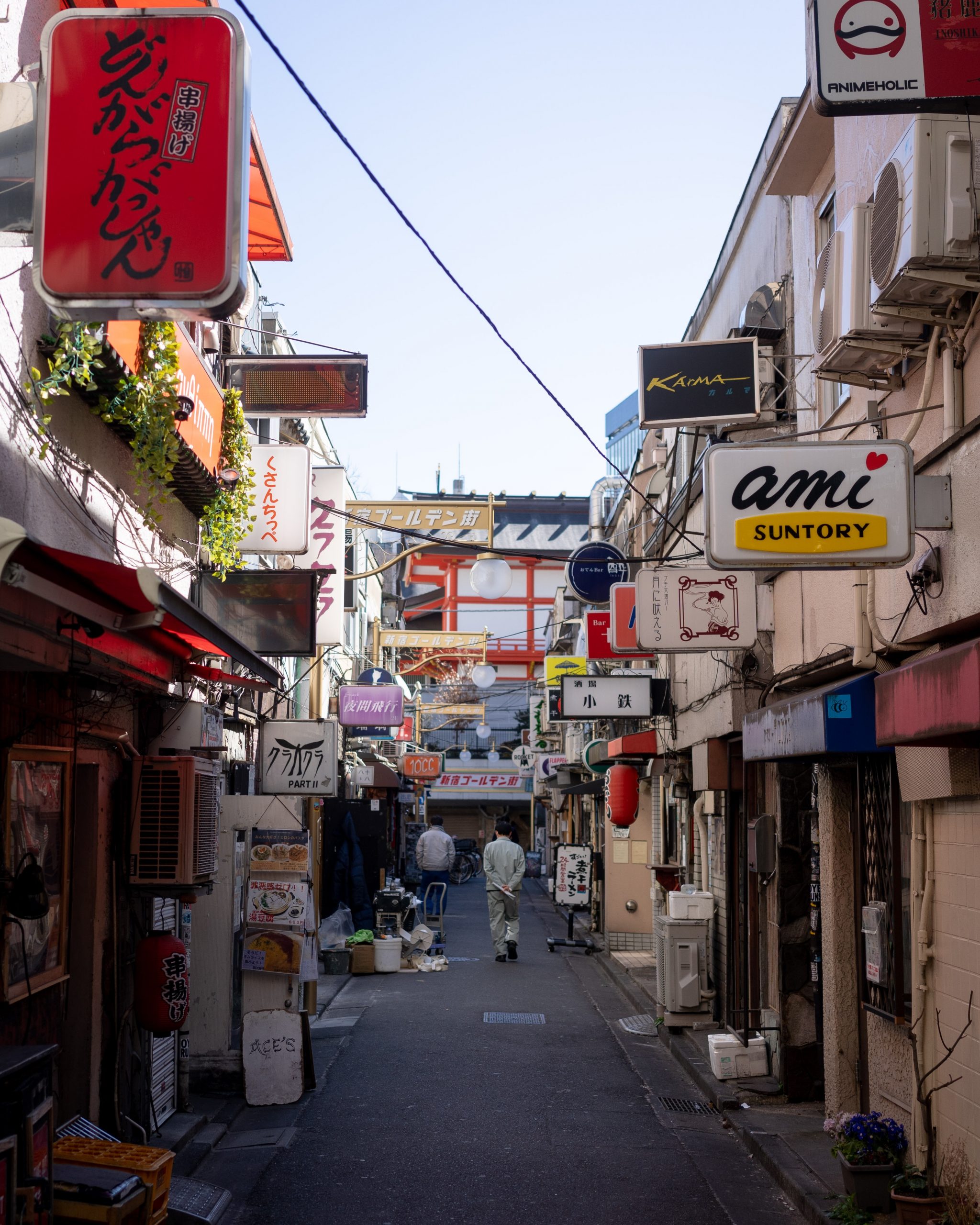
Photo and Video Fee in Golden Gai
| Shooting Type | Base amount |
|---|---|
| Movie shooting (including V-cinema) | 50,000 yen/h |
| Movie shooting student | 10,000 yen/h |
| Videos (CM etc) | 100,000 yen/h |
| Videos (Web, PR etc) | 40,000 yen/h |
| Videos (TV broadcast) | 30,000 yen/h |
| Videos (News programs etc) | 20,000 yen/h |
| Videos (Personal materials etc) | 20,000 yen/h |
| Videos (Students – individuals, club activities) | 5,000 yen/h |
| Photos (Ads, PR) | 40,000 yen/h |
| Photos (Web content) | 30,000 yen/h |
| Photos (Weekly magazines, Gravure) | 10,000 yen/h |
| Photos (News, weekly magazines, monthly magazines etc) | 10,000 yen/h |
| Photos (For personal materials) | 5,000 yen/h |
| Photos (Students – individuals, club activities) | 3,000 yen/h |
This information is periodically checked and updated. However, the fees above might be subject to change at short notice, so please check with the local Shinjuku Sanko Shopping District Promotion Association (website in Japanese) for the most up-to-date shooting fees.
Getting to Shinjuku Golden Gai
To reach Golden Gai, walk for about 10 minutes from the east exit of Shinjuku Station. Golden Gai is located near the Shintō shrine, Hanazono-jinja.
If you’re looking for other things to see in the Shinjuku, don’t miss the adult only guide for the red-light district, Kabukichō. And if you’re still wanting even more bars, check our our guide on best Tokyo yokocho.
Where to stay near Golden Gai
You will want to stay as close to Shinjuku station as possible. Shinjuku is a large ward in Tokyo with so many fantastic hotels and accommodation options. You will find luxury hotels but also affordable and simple budget accommodations.
For a complete breakdown on all important areas in Tokyo and reviews of my favourite hotels, read my where to stay in Tokyo article. I talk about different areas and why they are most suitable for your type of travel style and budget. I also recommend my favourite hotels in Tokyo organised by budget.
- Best luxury hotel: Hotel Chinzanso Tokyo
- Best mid-range hotel: The Blossom Hibiya
- Best budget hotel: Tokyu Stay Shinjuku Eastside
For more hotels and reviews, I recommend using booking for accommodation in Tokyo.
Shinjuku Golden Gai
Japan, 〒160-0021 Tokyo, Shinjuku City, Kabukichō, 1-chōme−1−6 2F
More Tokyo tips
- When planning your first trip to Japan, make sure to check the dos and don’ts.
- Learn what to pack for Japan to ensure you have the perfect wardrobe for every season.
- When planning your first trip to Tokyo, consider the best time to visit Japan. Keep in mind that cherry blossom season is a lot busier and more expensive.
- Booking your activities in advance is highly recommended to avoid queuing and ensure availability, especially for popular attractions.
- While Japanese food is excellent everywhere, a food tour can take you to lesser-known gems and off the beaten path izakayas for a unique culinary experience.
- If you plan to stay longer in Japan, check out our Japan itineraries with details on where to go and how to plan the perfect trip. For this, invest in a JR Pass to save money on JR trains.
- Customs and manners in Japan can be unique, so make sure to familiarize yourself with our Japanese customs and manners book. It contains fun Japanese illustrations and crucial information on how to behave in various scenarios when visiting Tokyo.
- Don’t forget to also check how to behave in a Japanese restaurant.
- Stay connected with a pocket Wi-Fi device or prepaid SIM card. Renting or buying in advance will help you use navigation apps, translators, and do some extra research on the go. You can pick up the device at Narita or Haneda airport, or have it delivered to your hotel reception.
- While Tokyo’s public system can be overwhelming, using Google maps makes it super easy to get around. The metro lines are colour-coded for ease of use and Google Maps even tells you in real-time the next train, the best car for boarding, and where to make connections.
- While cards are widely accepted, many small establishments still prefer cash, particularly in older neighbourhoods. Major banks in Japan now accept international cards for cash withdrawals. Don’t forget to check how expensive is Japan to know what to expect.
- Knowing a few simple Japanese phrases can go a long way. For those serious about learning Japanese, check out Japanese with Aimee and use the code YCTRAVEL to get a 10% discount on the course.
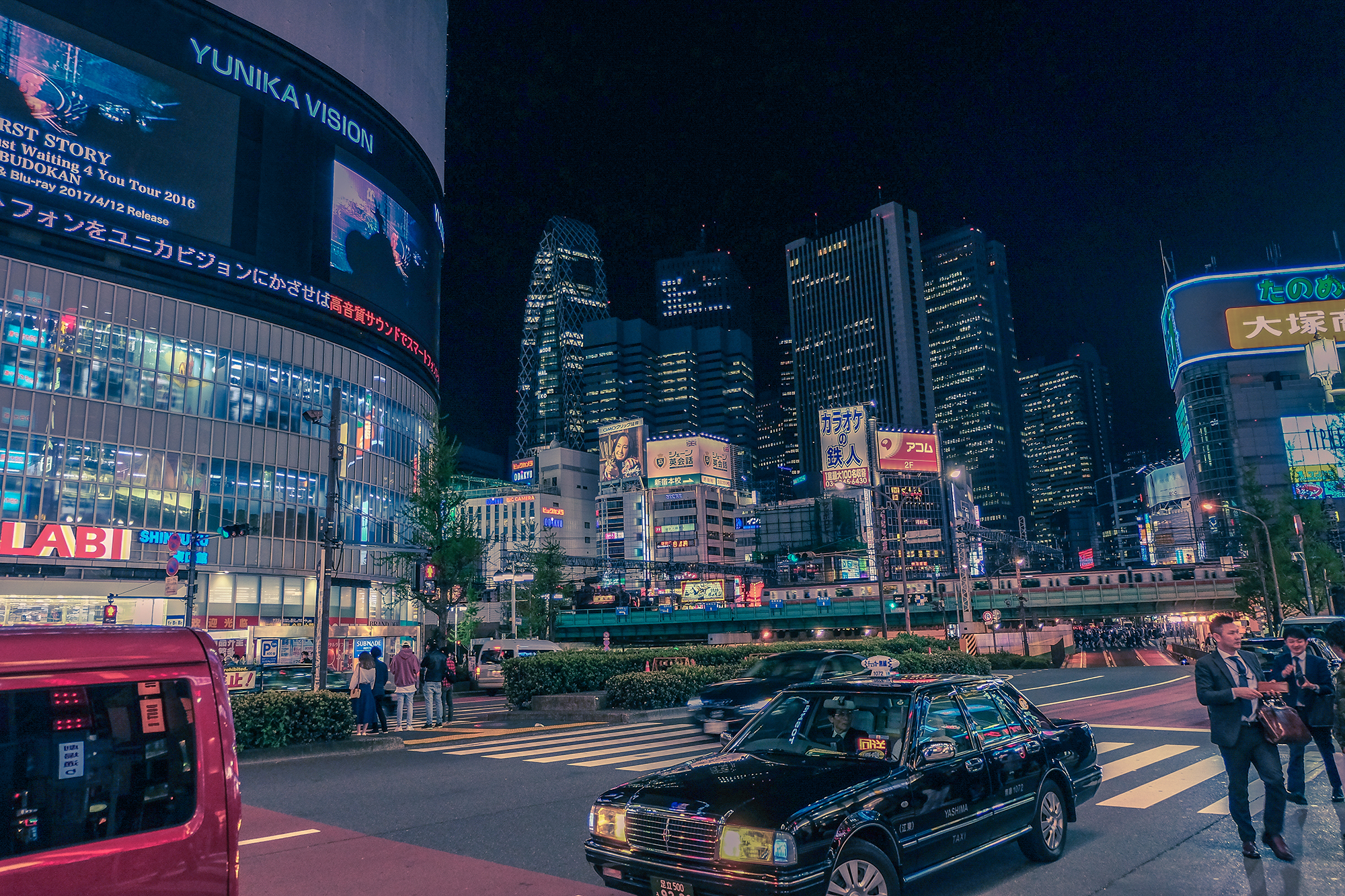
Are you ready to visit Golden Gai in Tokyo? Leave a comment below and let me know what are you going to eat and drink during your first visit!
Frequently Asked Questions
Is Golden Gai worth visiting?
Yes, Golden Gai is worth visiting for its unique atmosphere, rich history, and diverse array of bars. You will get a rare glimpse into Tokyo’s past Showa era with its cramped alleys lined with over 200 small bars. Golden Gai is one of the best things to do in Shinjuku for first time visitors and seasoned Tokyo lovers alike.
Golden Gai can seem a little intimidating at first as most visitors might not feel comfortable going into random bars which usually have a handful of seats. We recommend signing up for a bar hopping tour to allow a local to lead you around the area.
Is Golden Gai a tourist trap?
Absolutely not, Golden Gai is not a tourist trap. This is because Golden Gai is mainly an area where locals go for drinks and regulars return night after night. Offering a truly unique and authentic Tokyo nightlife and cultural experience, Golden Gai was not initially designed with tourists in mind. Its charm and distinct atmosphere have simply drawn visitors, making it a popular hotspot for both locals and tourists alike.
Why is it called Golden Gai?
The name Golden Gai means Golden Block in Japanese. Golden Gai is a block of six narrow yokocho with over 200 small bars. The name is believed to have originated during the economic boom of the 1960s in Japan, a period often referred to as the Golden Sixties, the second decade that is generally associated with the Japanese economic miracle.
The rapid growth and prosperity during this time led to the flourishing of entertainment districts like Shinjuku, where Golden Gai is located.
What is Golden Gai famous for?
Golden Gai is famous for its nostalgic Showa era atmosphere, narrow alleys, and a high concentration of small, intimate bars and izakayas. Golden Gai has a strong connection to the arts, attracting a diverse clientele, including numerous celebrities.
You’ll be seated in a very small bar with just a handful of seats where locals and tourists get a chance to interact with one another. Golden Gai is also famous because it managed to resist transformation and modernisation, which can be seen all around Shinjuku. Although open to the public, the whole of the Golden Gai (Golden block in Japanese) is privately owned.
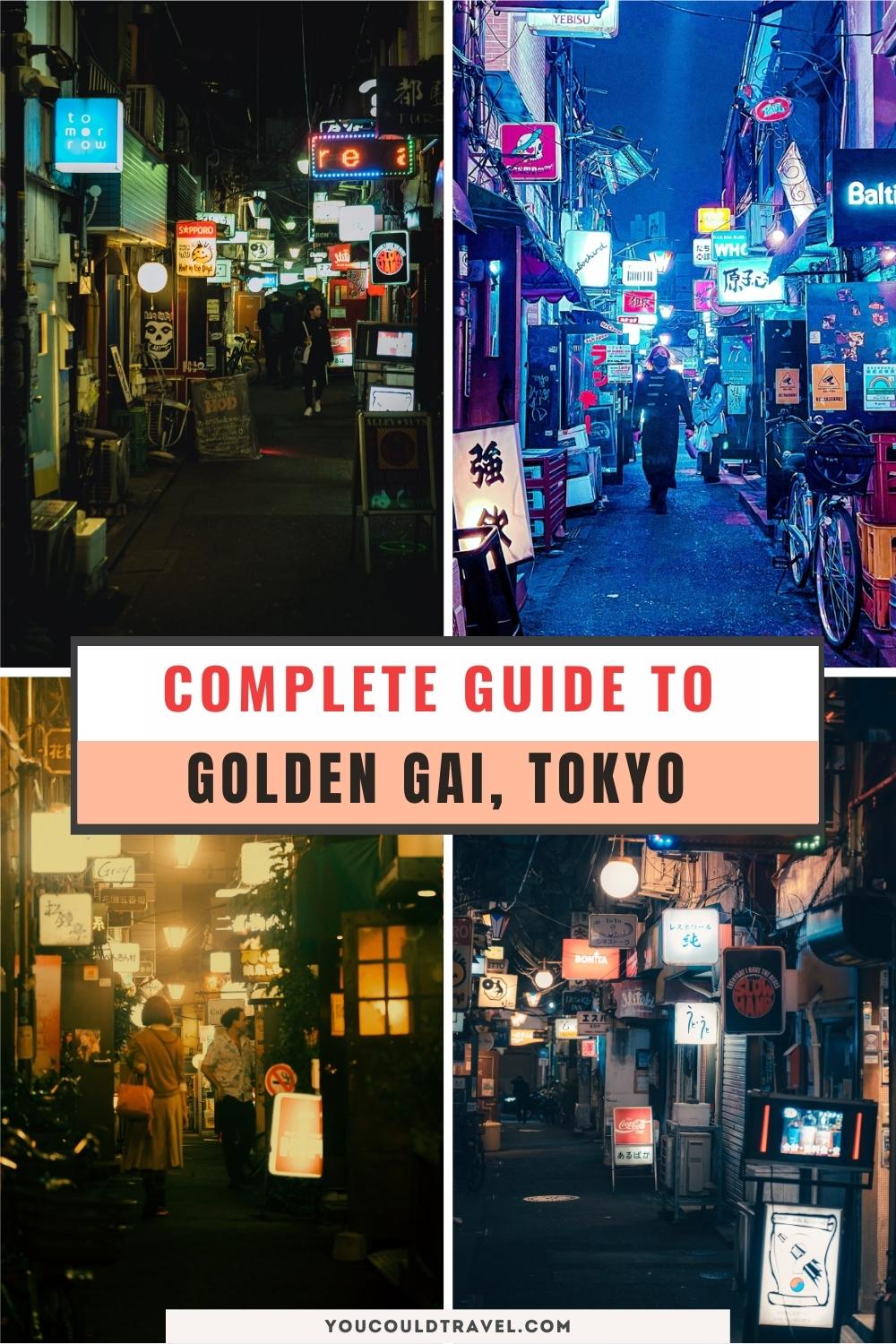
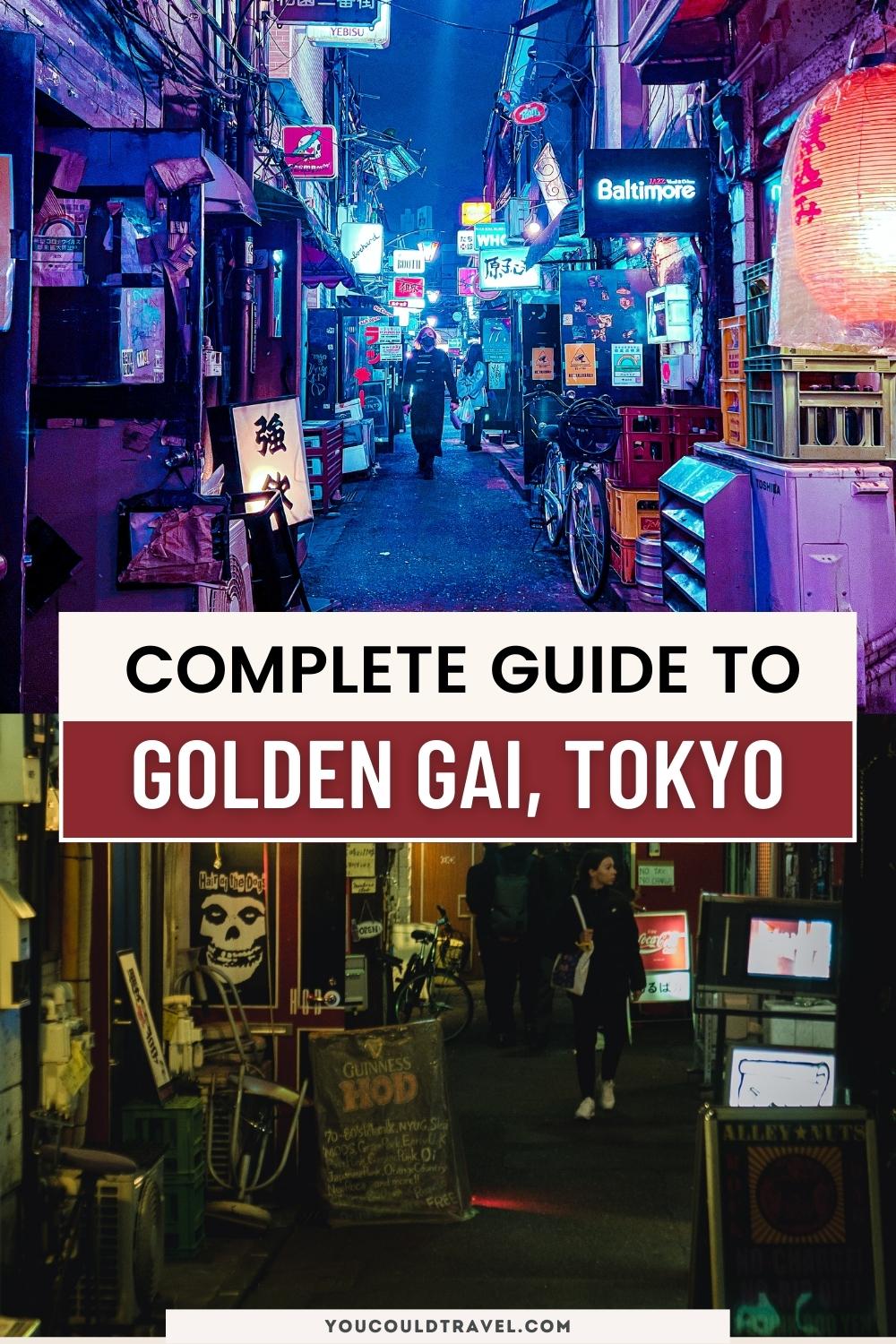

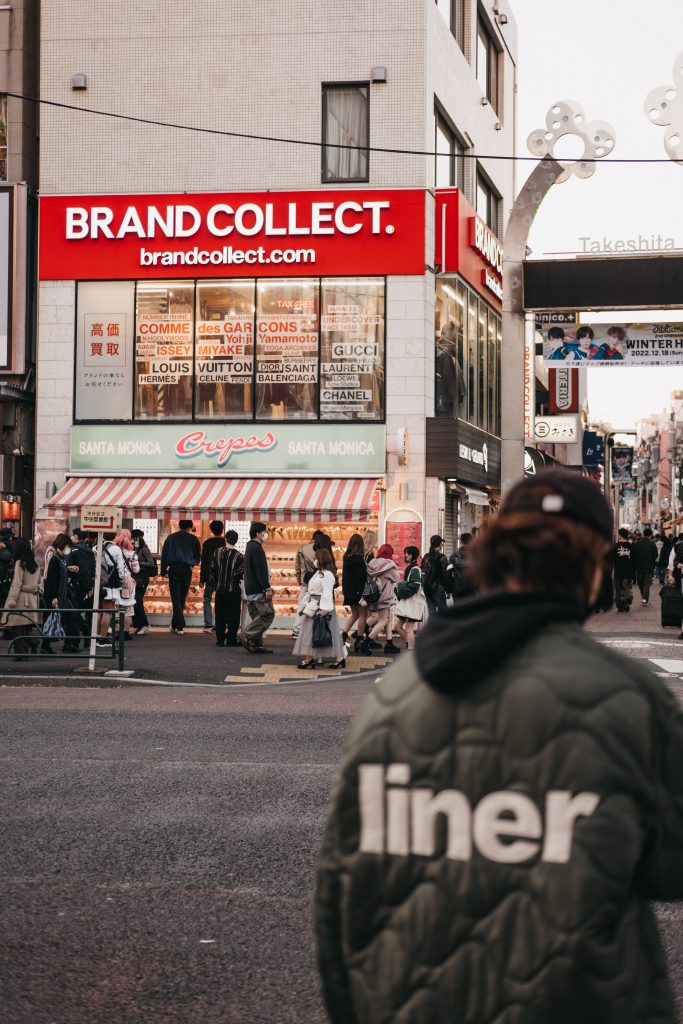
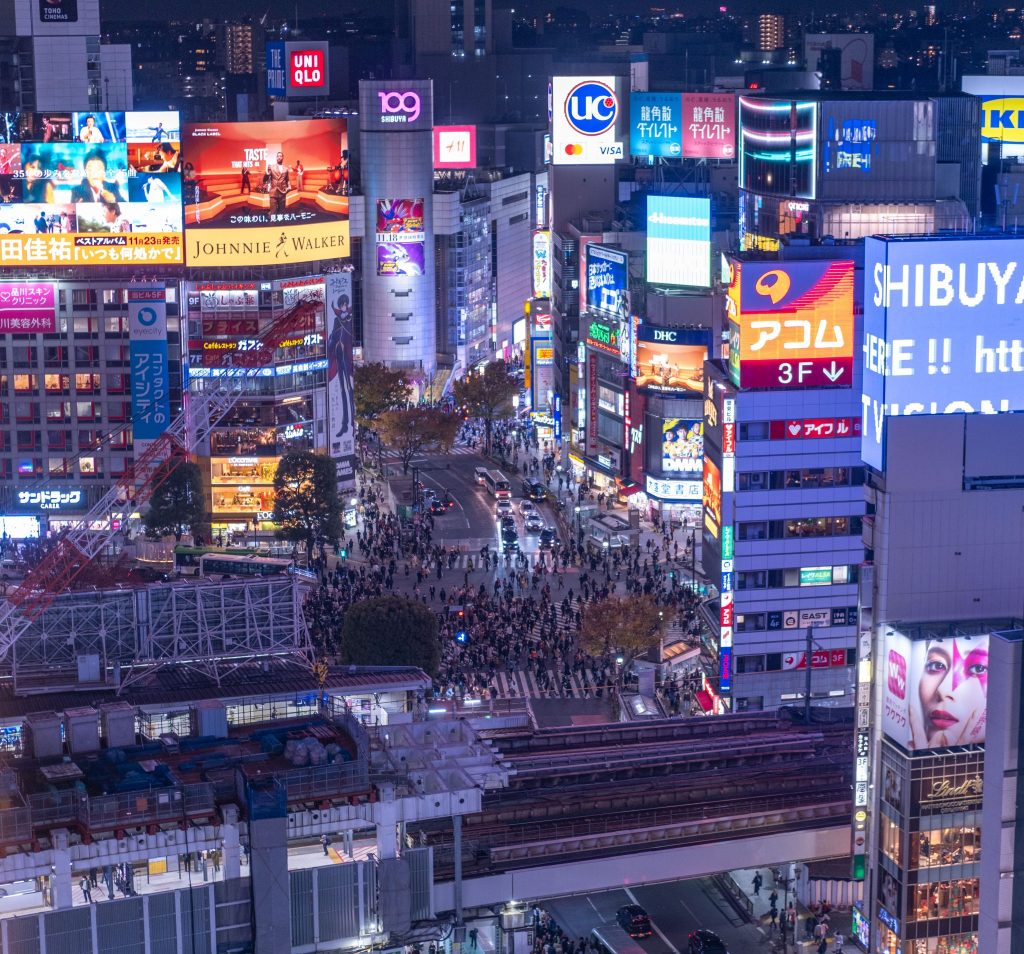
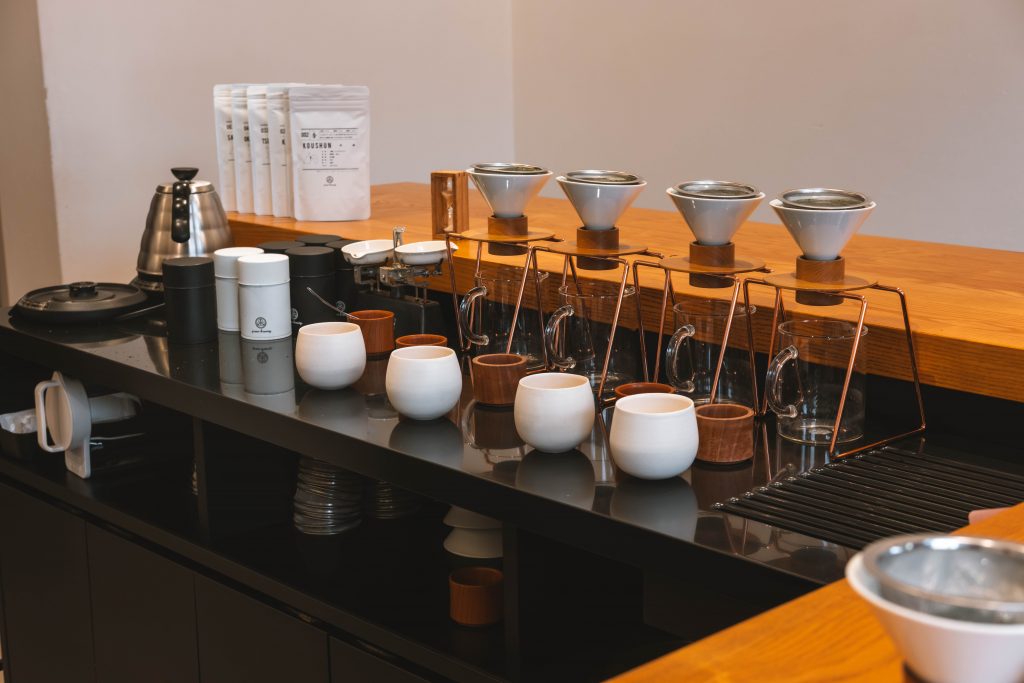
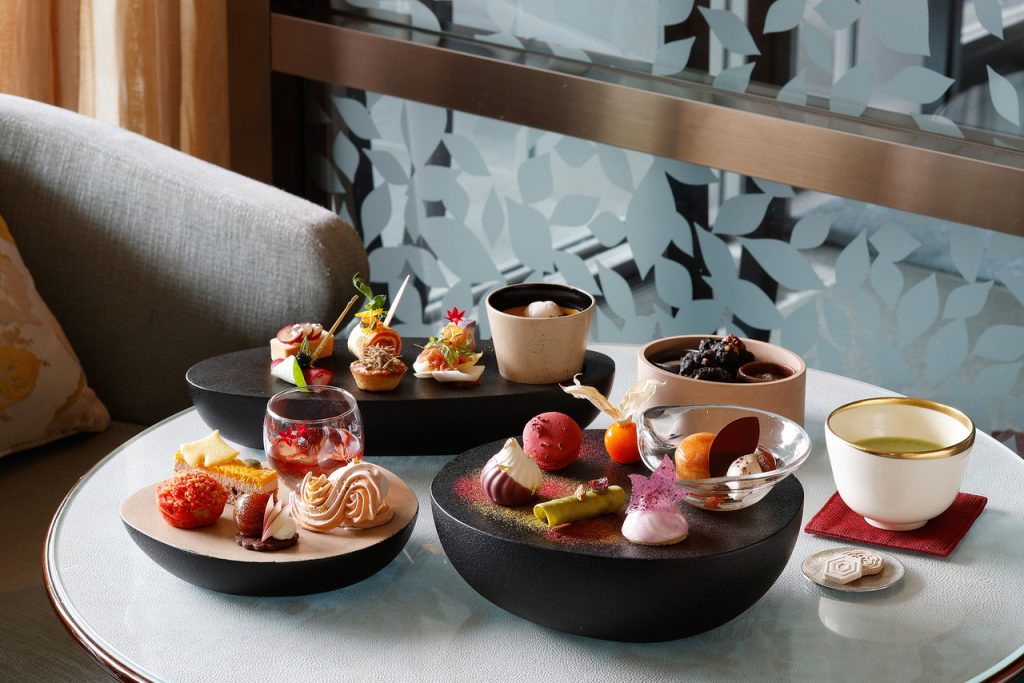
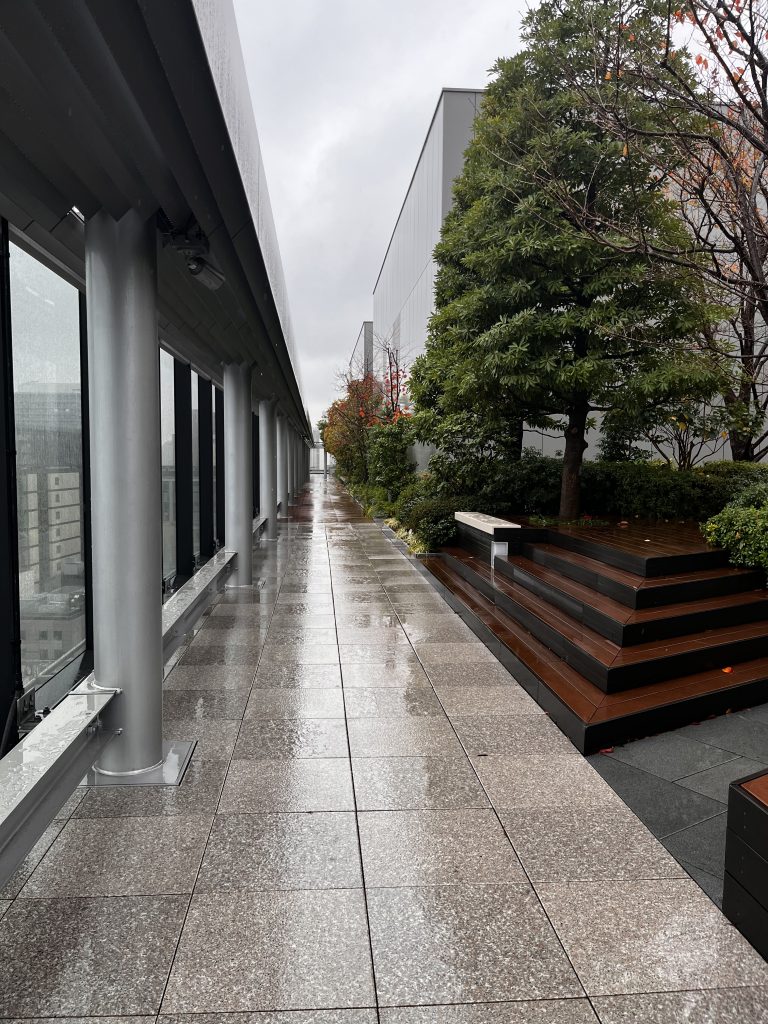
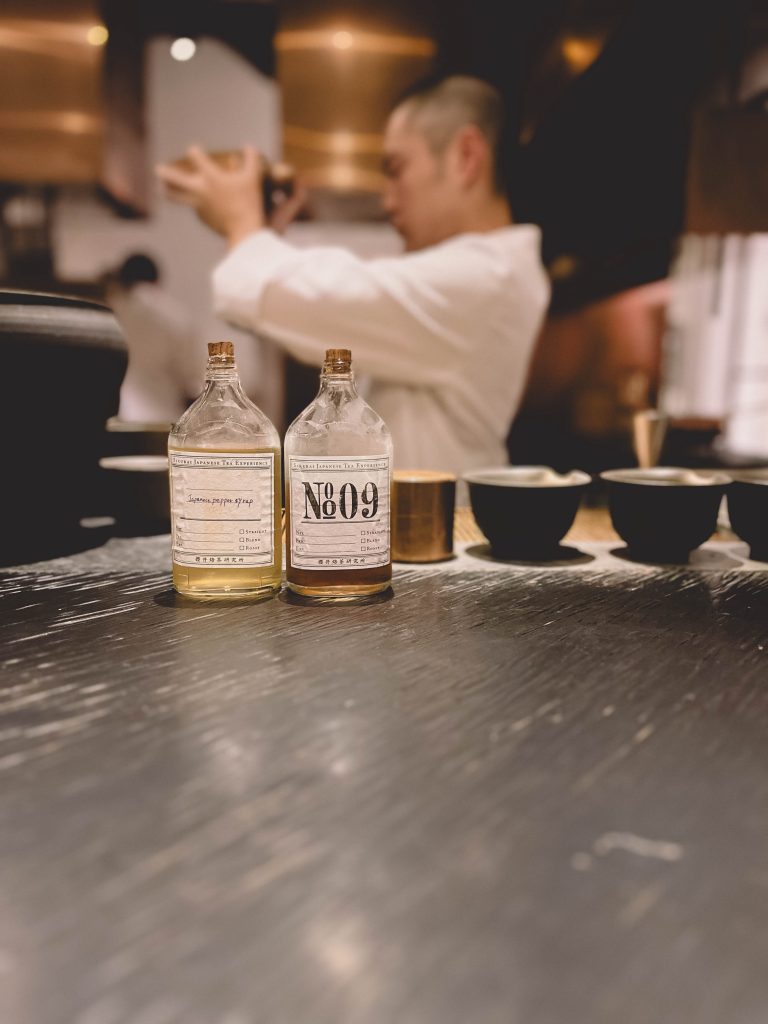


Leave a Reply